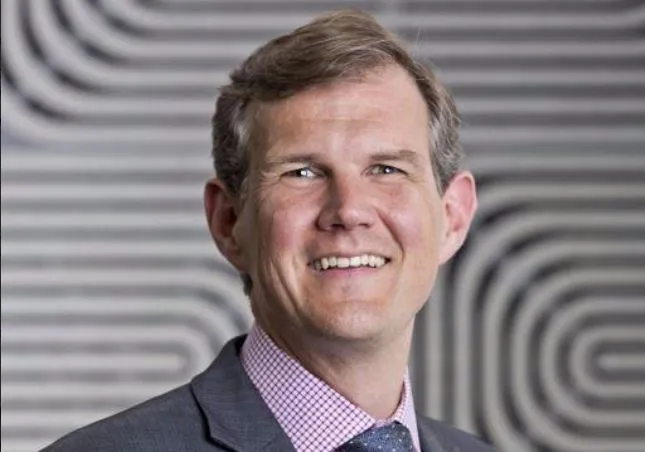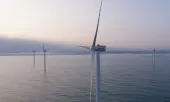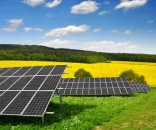
South Australia is getting $37m budget for energy infrastructure
Energy expert says this is a move away from a "bipartisan market-led approach".
In Australia's Federal budget announcement earlier this week, Treasurer Scott Morrison revealed a $37m budget for "energy infrastructure" in renewables-dependent South Australia.
According to Dr Alex Wonhas, engineering and consulting firm Aurecon’s managing director for energy, resources & manufacturing, the policy direction outlined in the 2017-2018 Australian Federal Budget marks a distinct move away from a long-standing and bipartisan market led approach to energy to one of targeted direct intervention and government investment in the energy sector.
“The 2017 May Budget contains a number of measures aimed at improving the affordability and reliability of energy in form of investment in infrastructure and institutions,” he said.
Here's more from Dr Wonhas:
The Government has reaffirmed its commitment to invest in Snowy Hydro 2.0 and to potentially buy a greater share or even obtain outright ownership from NSW and Vic, who currently own 58% and 29% respectively. The Government has also made a promise to retain Snowy Hydro in public ownership.
Dr Wonhas said that the 2017-2018 Australian Federal Budget foreshadows investments in other new generation such as a solar thermal plant at Port Augusta, transmission and storage infrastructure, as well as a $90m energy security plan.
“It is true that the areas identified by Government are likely to require future investment. Further detail regarding the energy security plan will be eagerly anticipated by the industry,” said Dr Wonhas.
“In order to improve its energy security, Australia will need to find cost effective ways to store or transport energy from where and when it is produced to where and when it is needed as energy supply will become increasingly variable through the expected uptake of renewable energy.
“The growth of wind and solar will become less and less dependent on subsidies as these technologies have now reached the tipping point of becoming cost competitive with new built conventional power stations.
“Many technologies already exist to balance supply and demand, including batteries, pumped hydro, improved transmission networks and demand-side responses.
“If the Government aims to make these investments without spending unnecessary funds, it will be crucial to obtain ‘proven business cases’ for each investment that compares this particular investment with all key alternatives,” Dr Wonhas said.













 Advertise
Advertise











